
Title
DukeArtists
Hill, David Octavious (Scottish, 1802-1870)Adamson, Robert (Scottish, 1821-1848)Date
1845 plate (1843-1847 negative)Process
CalotypeAtelier
Hill and AdamsonImage Size
21 x 16 cm
A work of exceptional beauty and rarity.
Fox Talbot revealed his method of ‘photogenic drawing’ to the world in January 1839, prompted by the announcement from France of a similar breakthrough by Louis Daguerre. By September 1840 he had refined his process to allow the production of photographic positives from paper negatives via contact printing. This ‘calotype’ method, the term being derived from the Greek ‘kalos’ (beautiful), did not produce images as detailed as a Daguerreotype, but had the overriding advantage of allowing multiple prints to be made from a single negative, whereas Daguerreotypes were unique and could not be reproduced. Fox Talbot patented his method in February 1841, and it was introduced to Scotland shortly after by his friend and fellow scientist Sir David Brewster. Fox Talbot accepted Brewster’s advice that it would not be worthwhile patenting the process in Scotland, clearing the way for the partnership of David Octavius Hill and Robert Adamson, who began producing the country’s first calotypes soon after.
Only in recent years has proper recognition of the negative been emerging, albeit slowly… There is a clear explanation of the difference between the developed calotype negatives and the salted paper prints made from them, a distinction still misunderstood in some scholarly and many popular texts. Larry Schaff
Reproduced / Exhibited
Salt Print Accession number: Scottish National Galleries PGP HA 758
https://www.nationalgalleries.org/art-and-artists/66288/mr-duke?search=Duke%20Hill%20Adamson&search_set_offset=6
http://foxtalbot.bodleian.ox.ac.uk/2017/08/11/summer-pleasures-algae-in-blue-auld-reekie-in-brown-rooms-in-your-head/
References
Sara Stevenson, David Octavius Hill and Robert Adamson, National Galleries of Scotland, Edinburgh, 1981, Page 57
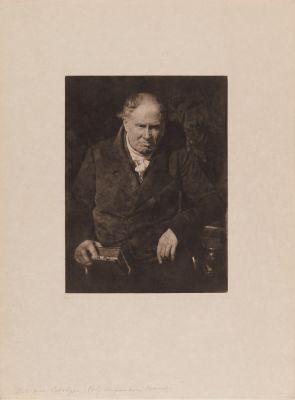


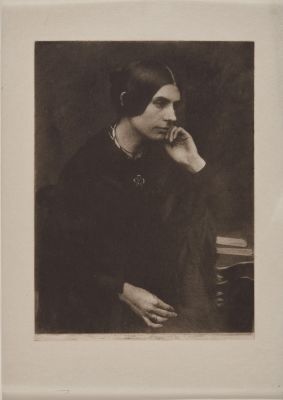


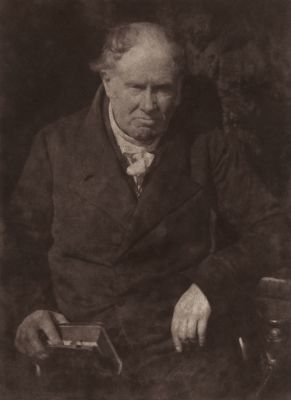
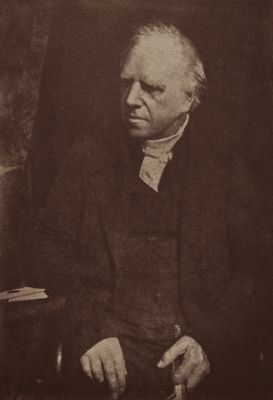

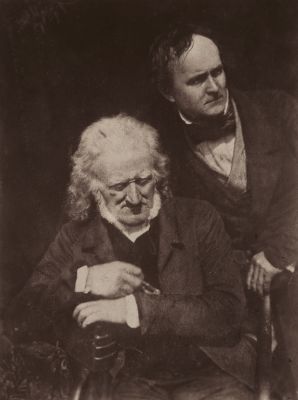
![Mrs. Grace Ramsay and four unknown women [Newhaven 48]](https://res.cloudinary.com/markkatzman/image/upload/c_scale,h_400/v1/master/Hill_Adamson_49.jpg)
